When i am not here: Eberswalde / Finow
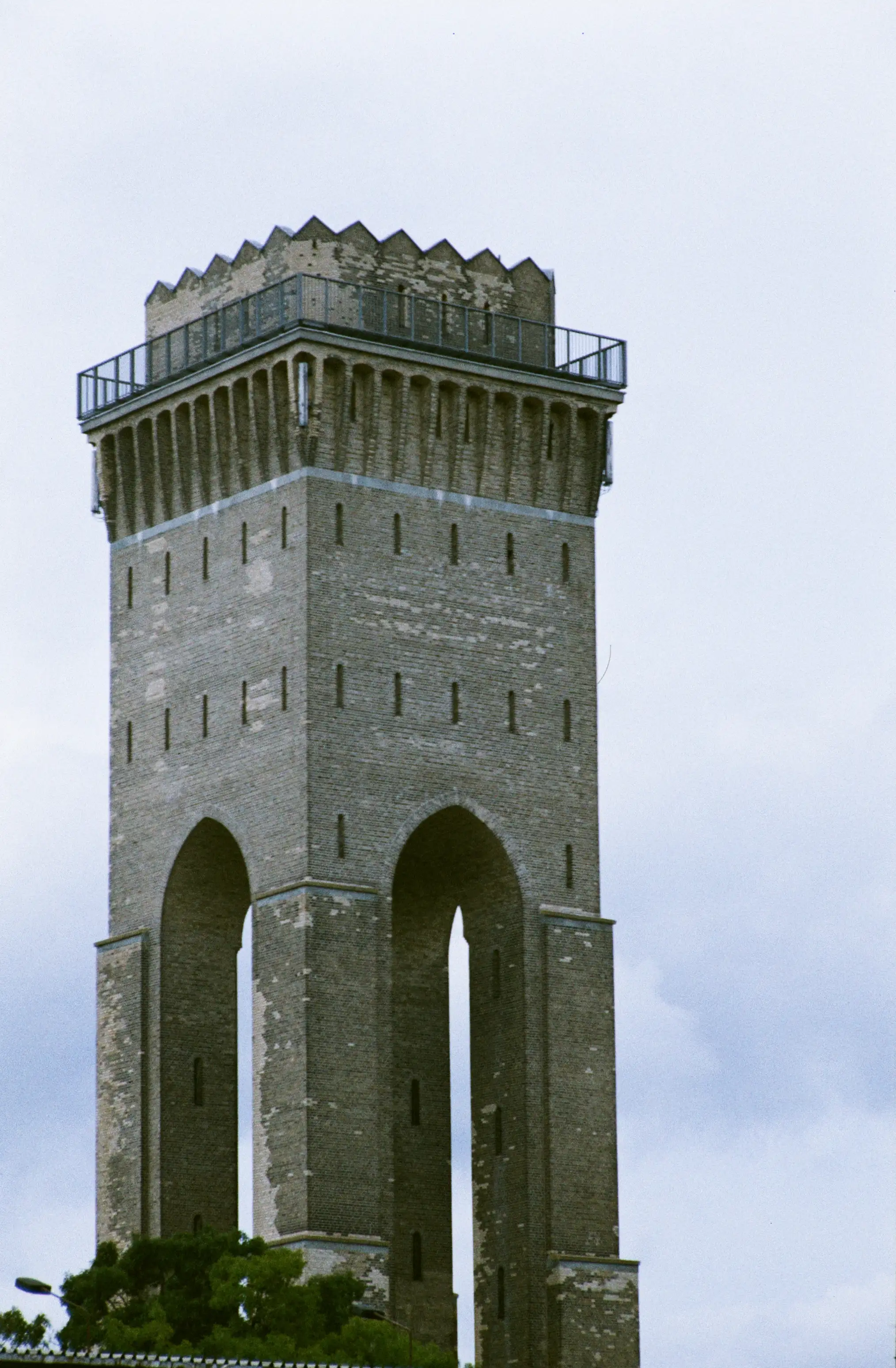
In the beginning of August i made a daytrip to Eberswalde with the goal to visit the Finower Wasserturm. I never visited the city before, at least i thought so. When i wandered the streets in Finow i had some weird memories flickering up that i was here before as a child. A trip with an old Wartburg car, a pause on a small snack stand, cloudy weather, old patters on buildings… only fleeting pictures without substance. Maybe it was another town, maybe some memories got mixed up. Whatever it was, it stirred my imagination. Maybe it was the sometimes eerie athmossphere of abandoned industrial places all over the town.1

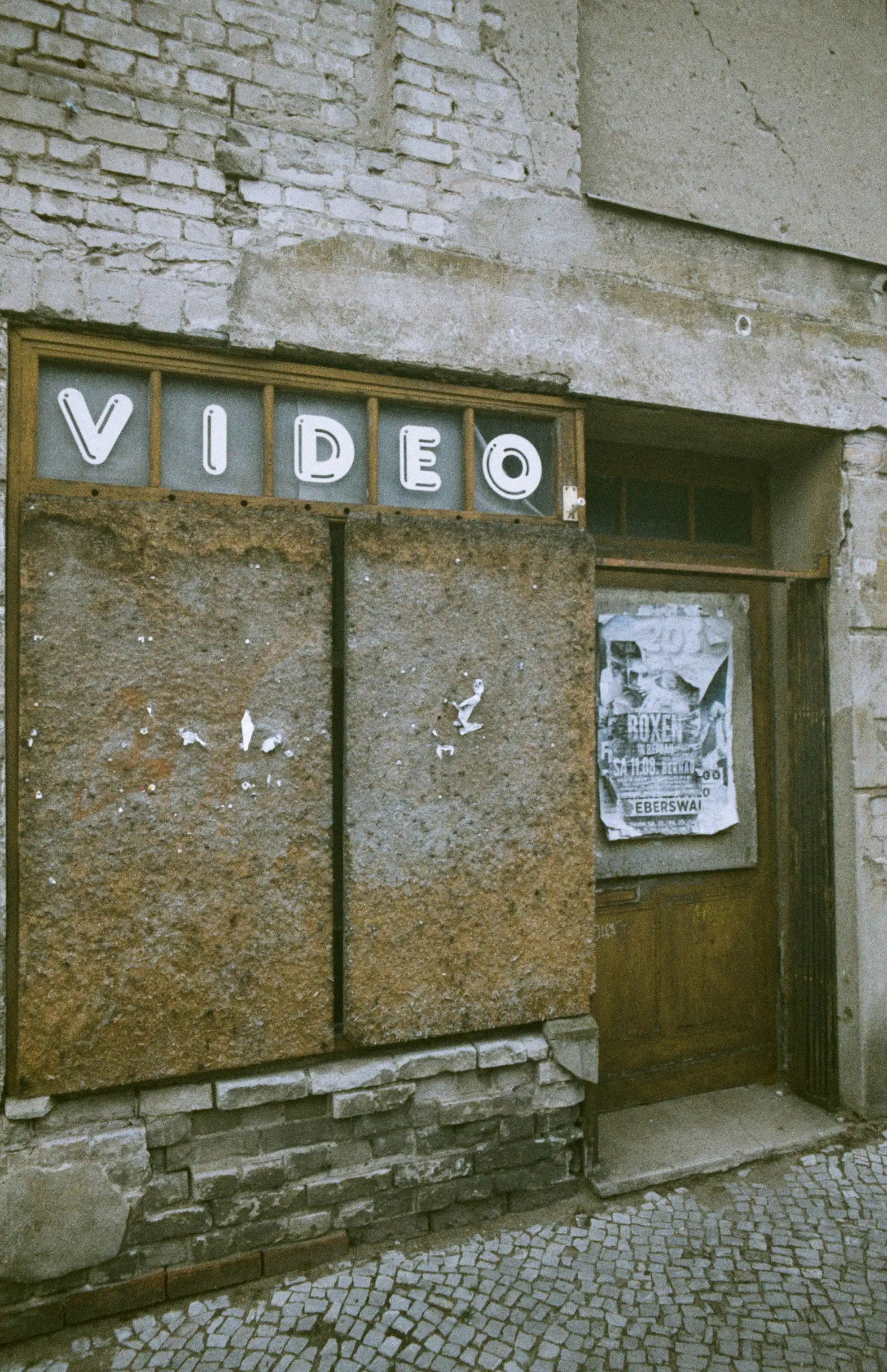
The power plant really got my attention when i first saw it. It is an astonishing view from the other side of the canal. Sadly, the future of the building seems very unclear2.
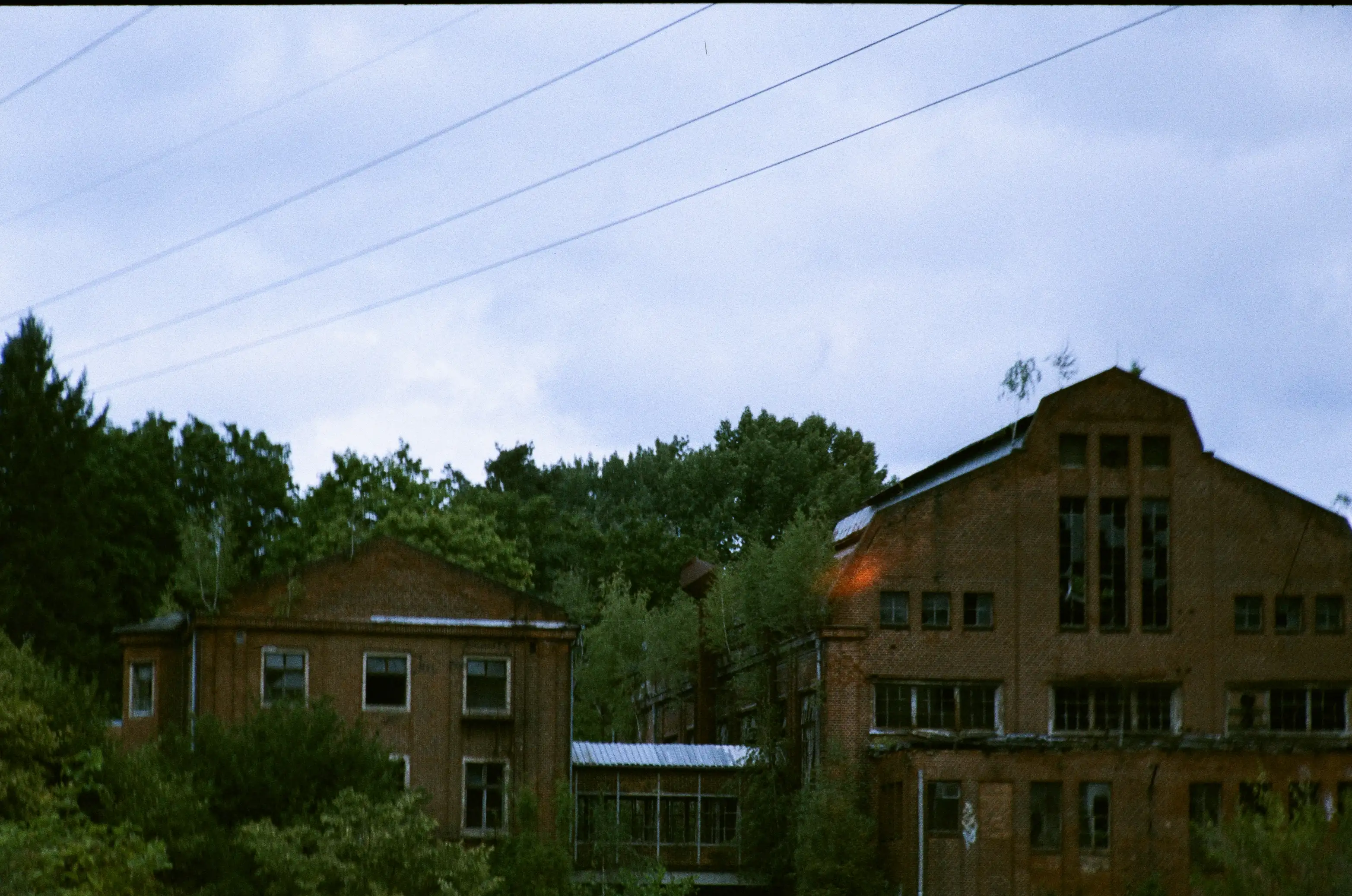

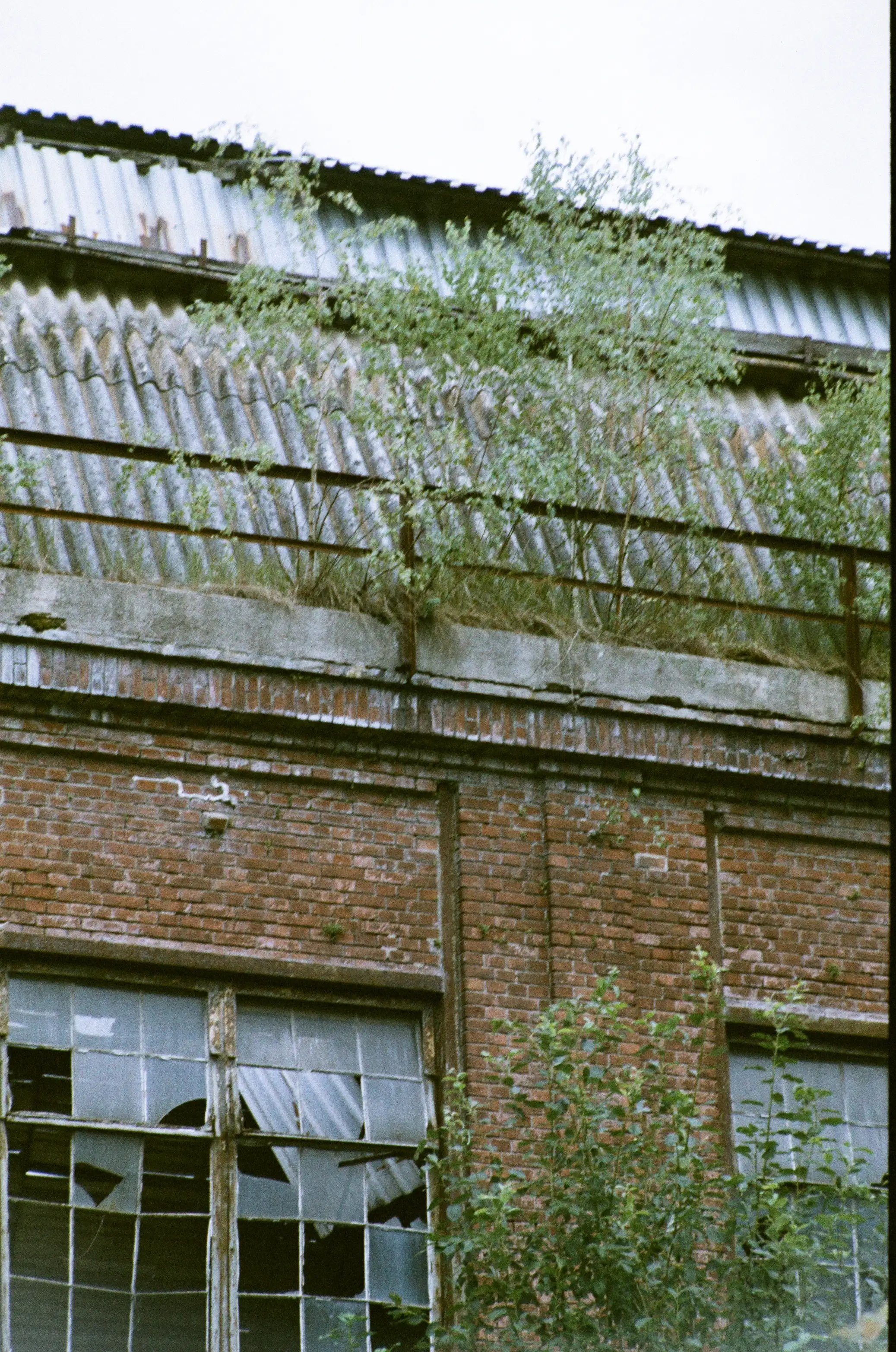
With so many places the water tower got more interesting by the minute. “Maybe with the overview from the top i could see some interesting places to check out?”, i thought. OSM guided me through some hidden paths across the canal and i finally reached the tower.

The tower is not only a landmark is also has some interesting history: built in 1917 and 1918, the water tower was build according to plans by the architect Paul Mebes for the local brass factory. The commission was given by the Jewish industrialist family Hirsch who also bought the brass factory in 1863 for 100,000 Taler. The family modernised the factory and considerably improved the living conditions of the up to 2400 employees with a factory housing estate and a school. There was also an industrial estate that supplied food for the workers and a recreation home near Werbellinsee was built.
From 1916 to 1920, the Hirschs had the Neuwerk brass factory built. It was the largest and most efficient brass factory in Europe at that time and it needed the water tower. In 1906, in search of capital, they had turned the family business into a joint-stock company. In 1929, the company was hit by the effects of the world economic crisis and as a result the Hirschs resigned from the board in 1932. One year later they had to flee to Palestine to escape the Nazis.3
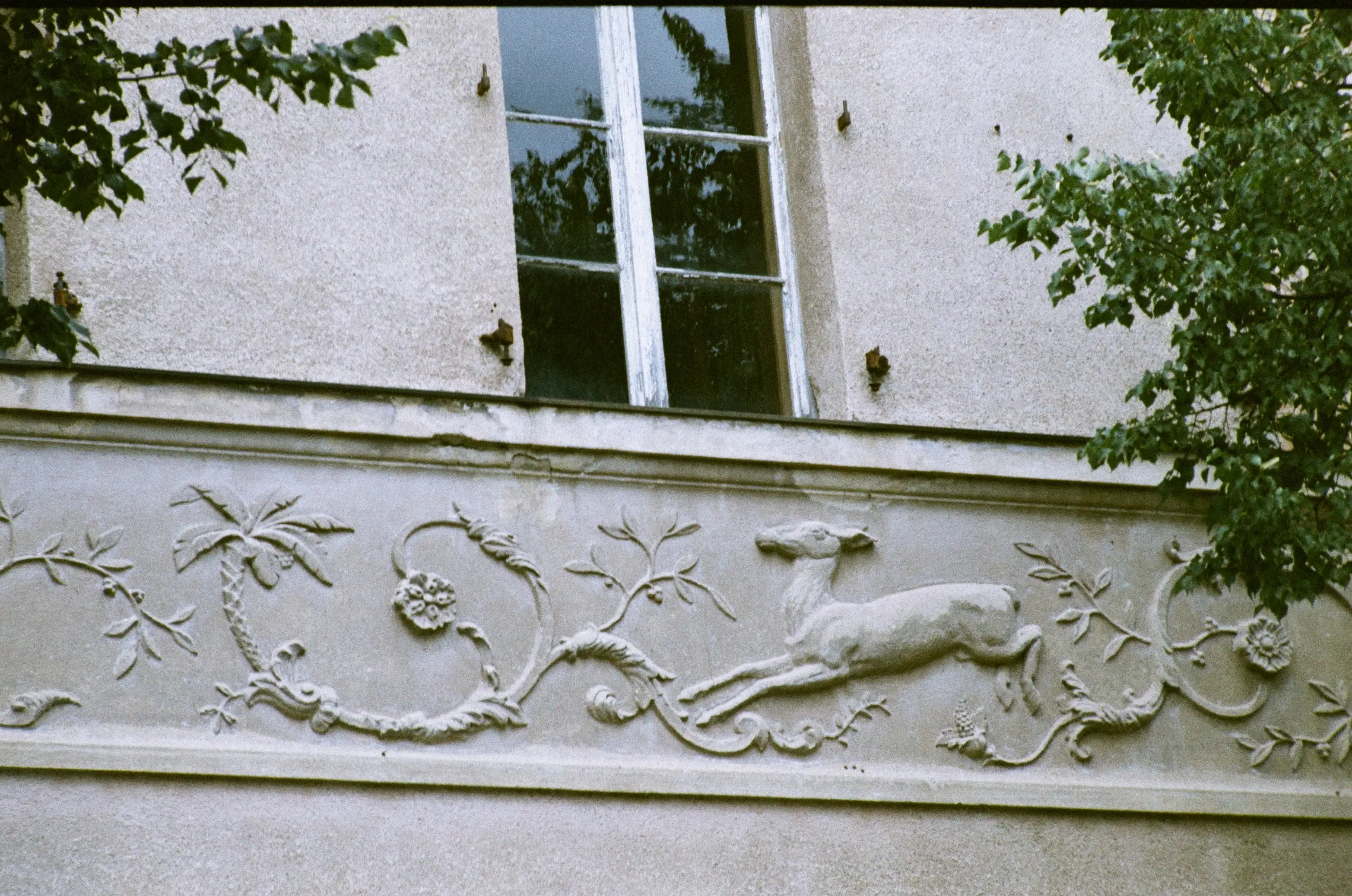
From 1935 onwards, the Finow water tower supplied water not only to the company, now called Finower Kupfer- und Messingwerke AG, but also to the town of Finow, which was formed in 1928 from the municipality of Heegermühle and the brass factory settlement4. In 1974, it was decommissioned as a water tower due to frost damage in the pipelines5.
It is nice to see that the Förderverein Finower Wasserturm und sein Umfeld e.V. successfully restorated the tower so it can be open for the public. I discovered some interesting tidbits in the exhibition inside the tower.6 Also the overview is really nice.

I walked back on the other side of the canal to check out the old brass factory and the power plant (at least as near as possible without trespassing).
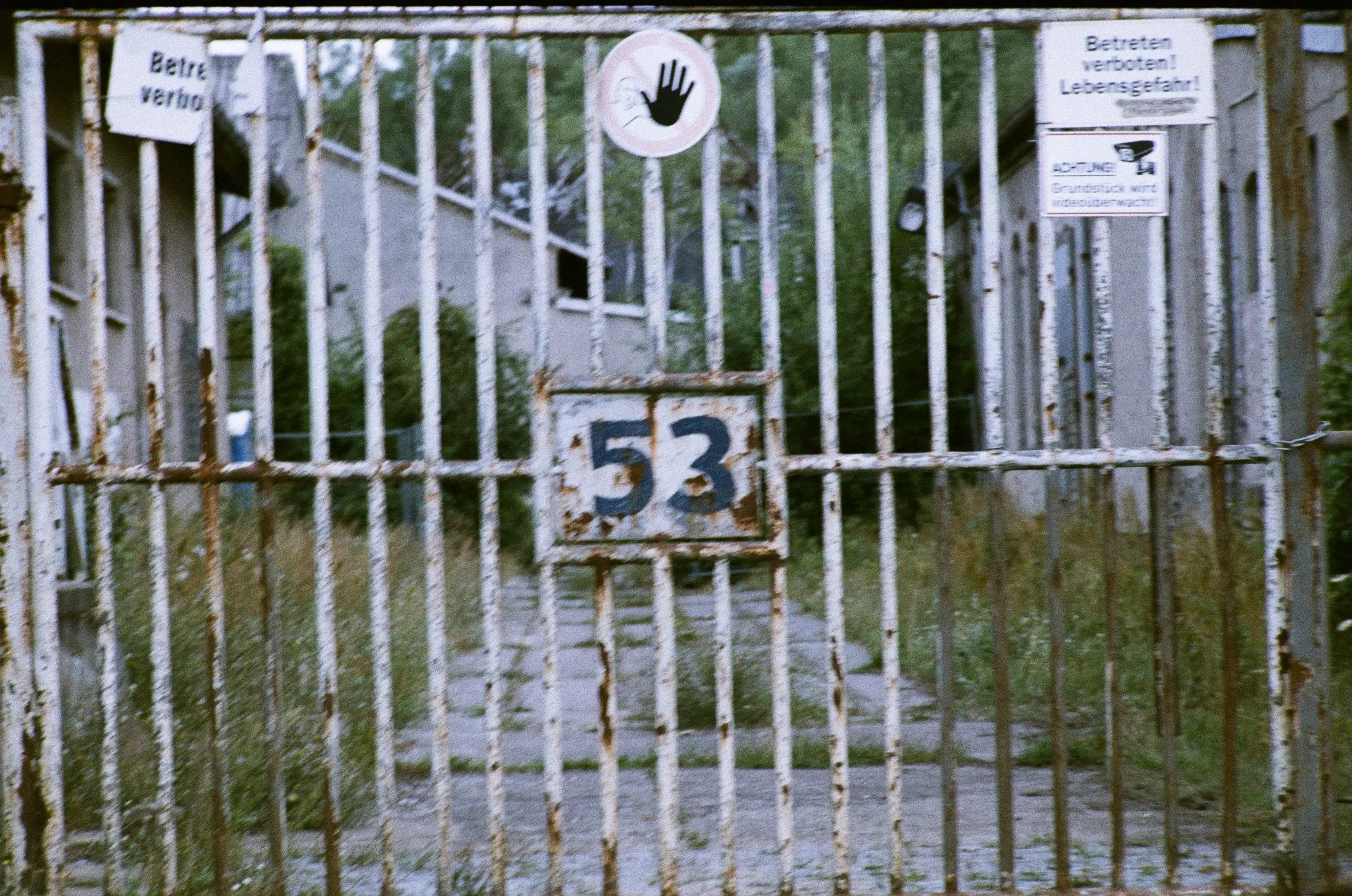

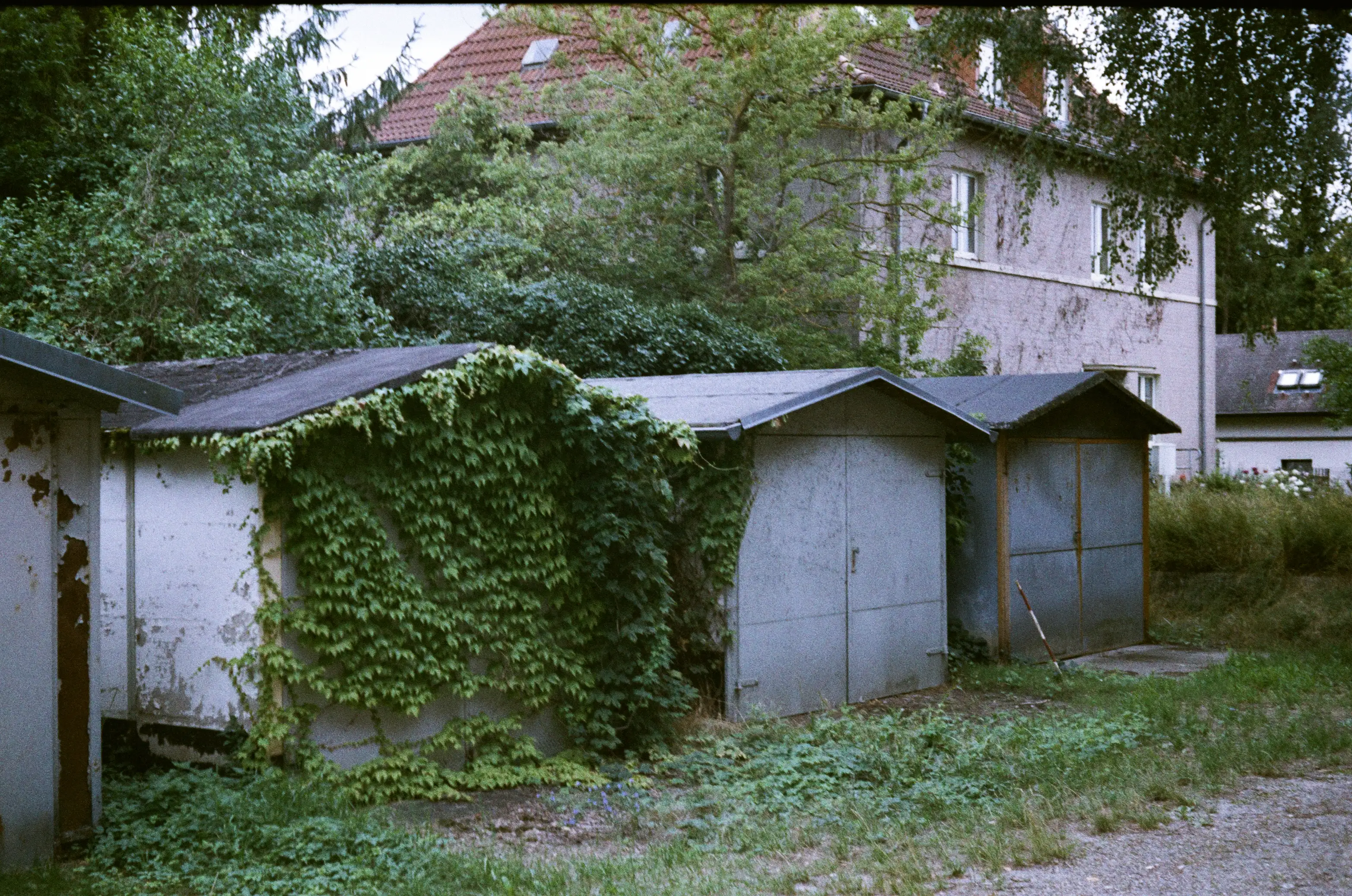
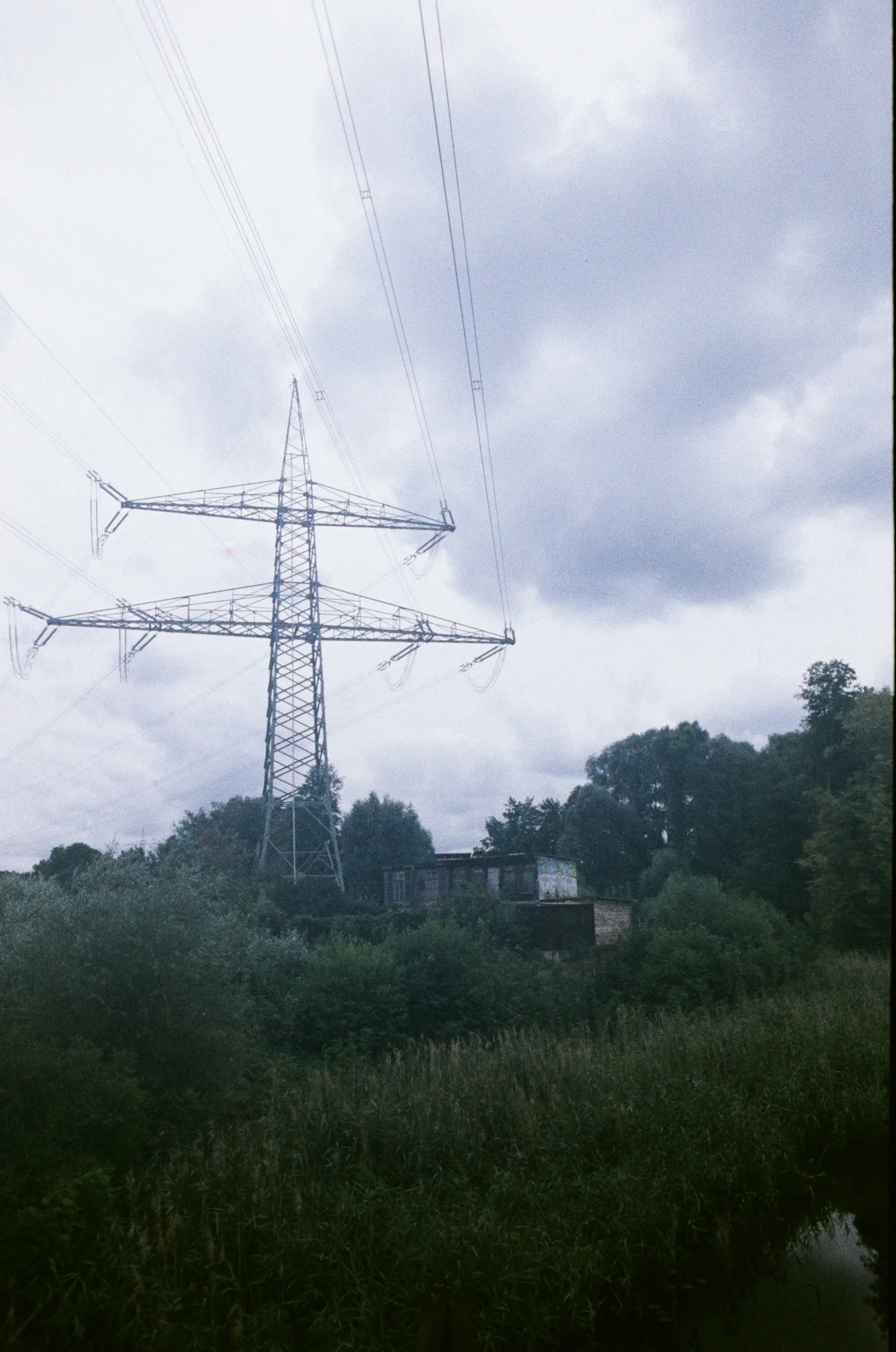
Finally, i checked out the “Technopark” in Eberswalde which also has some really interesting (abandoned) industrial buildings. Next time, i should check out more places there. It seems there is way more to discover and the city has some interesting vibes between decay and new life7.

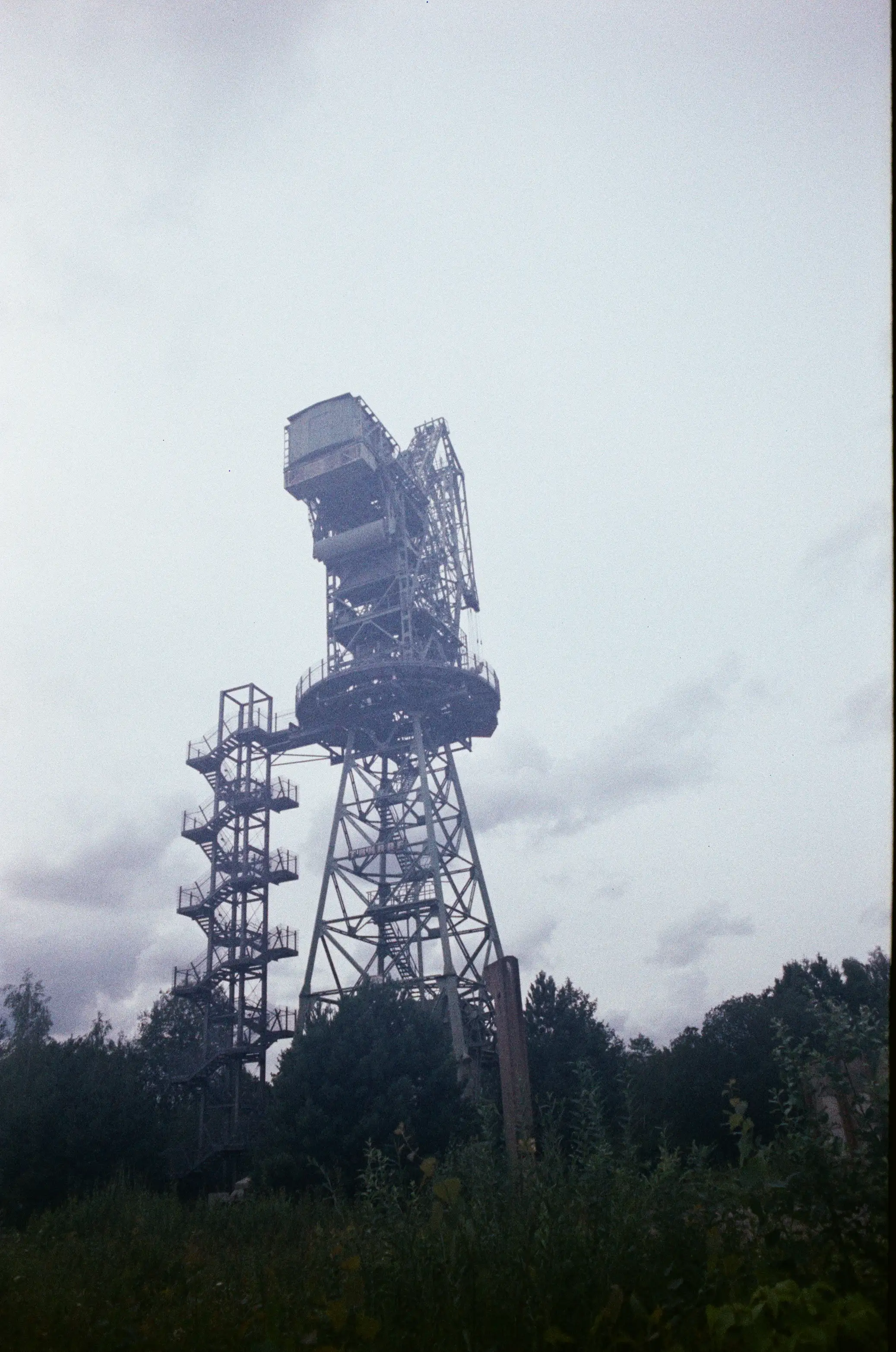
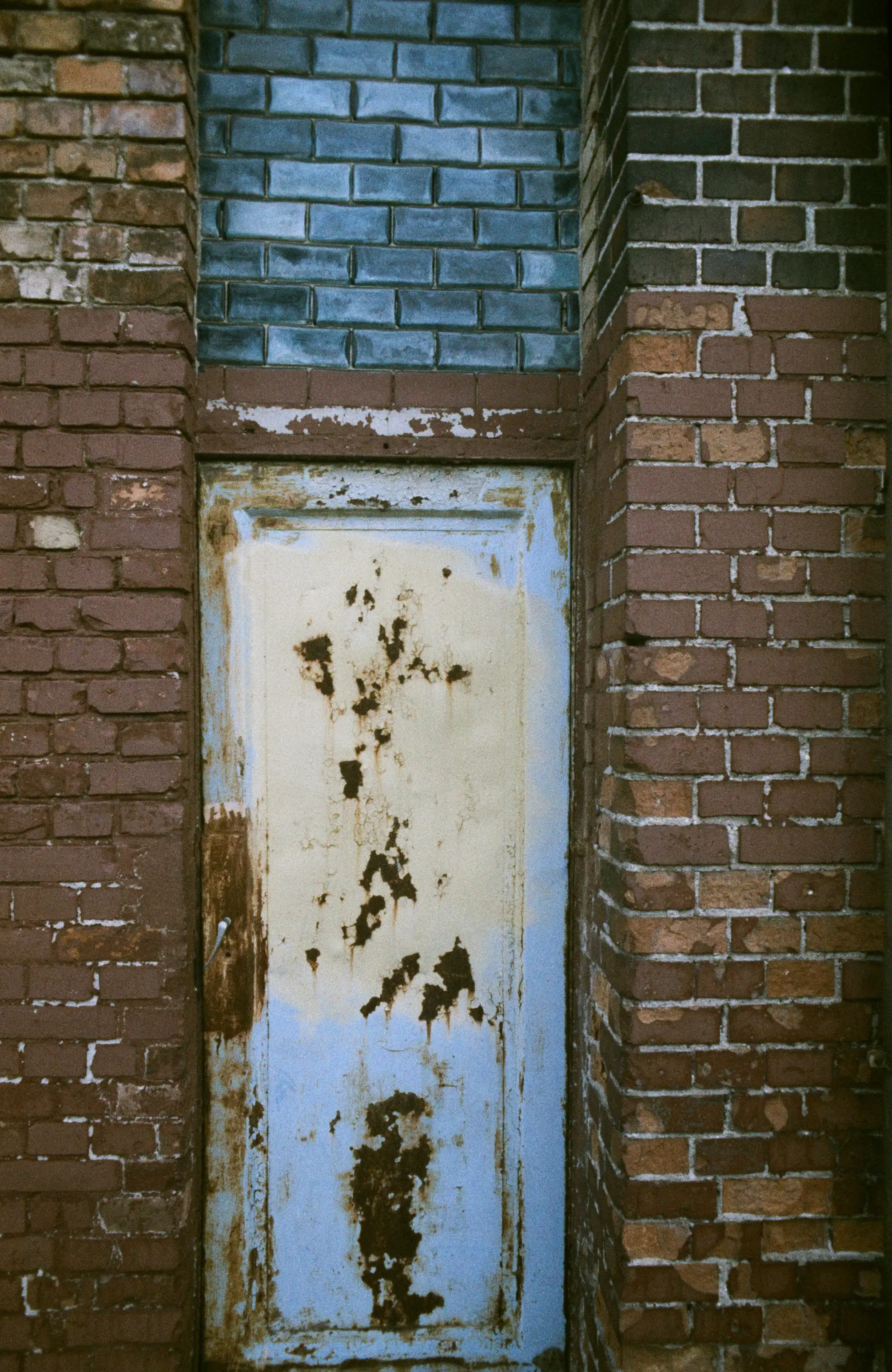
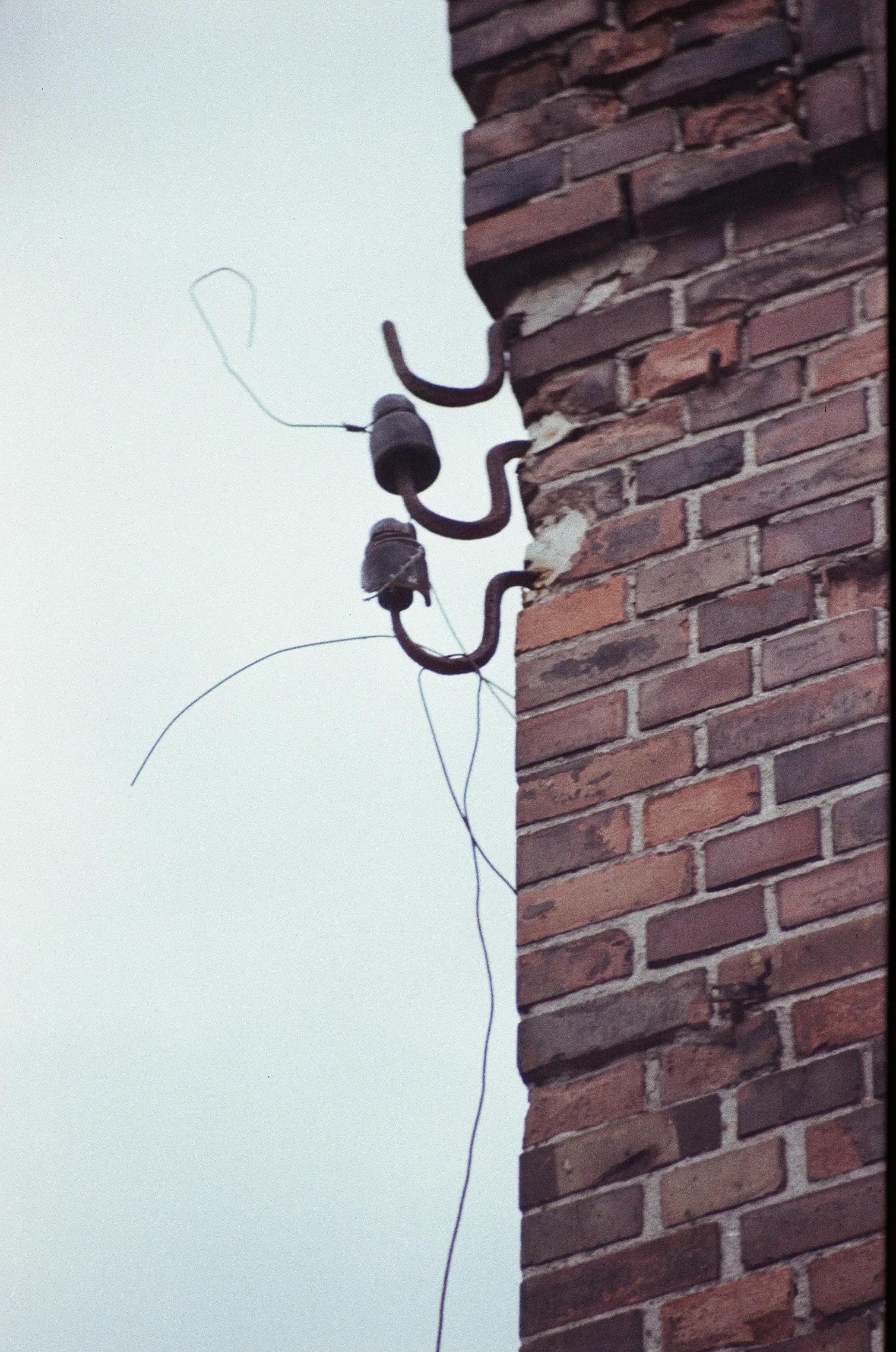
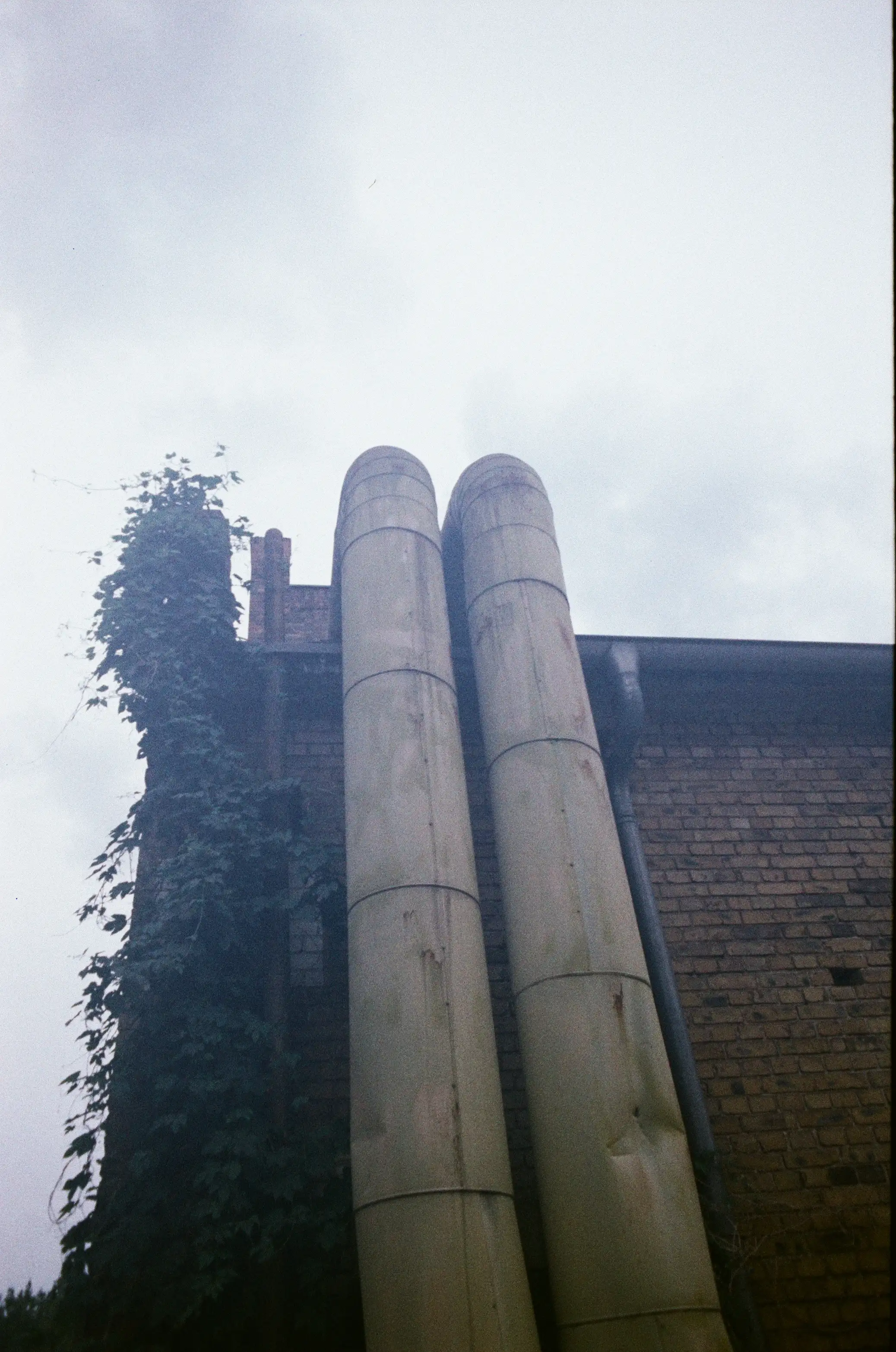

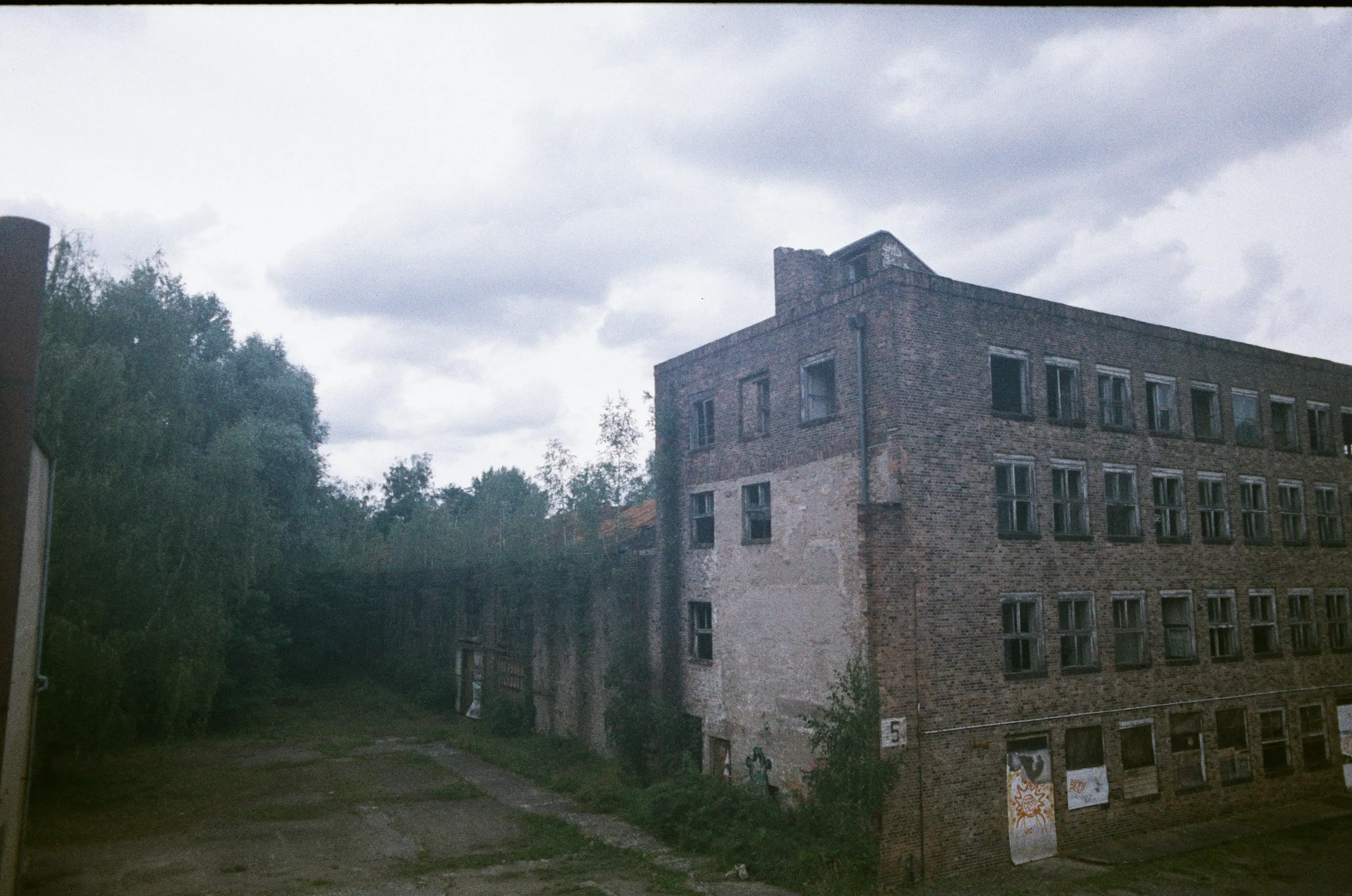
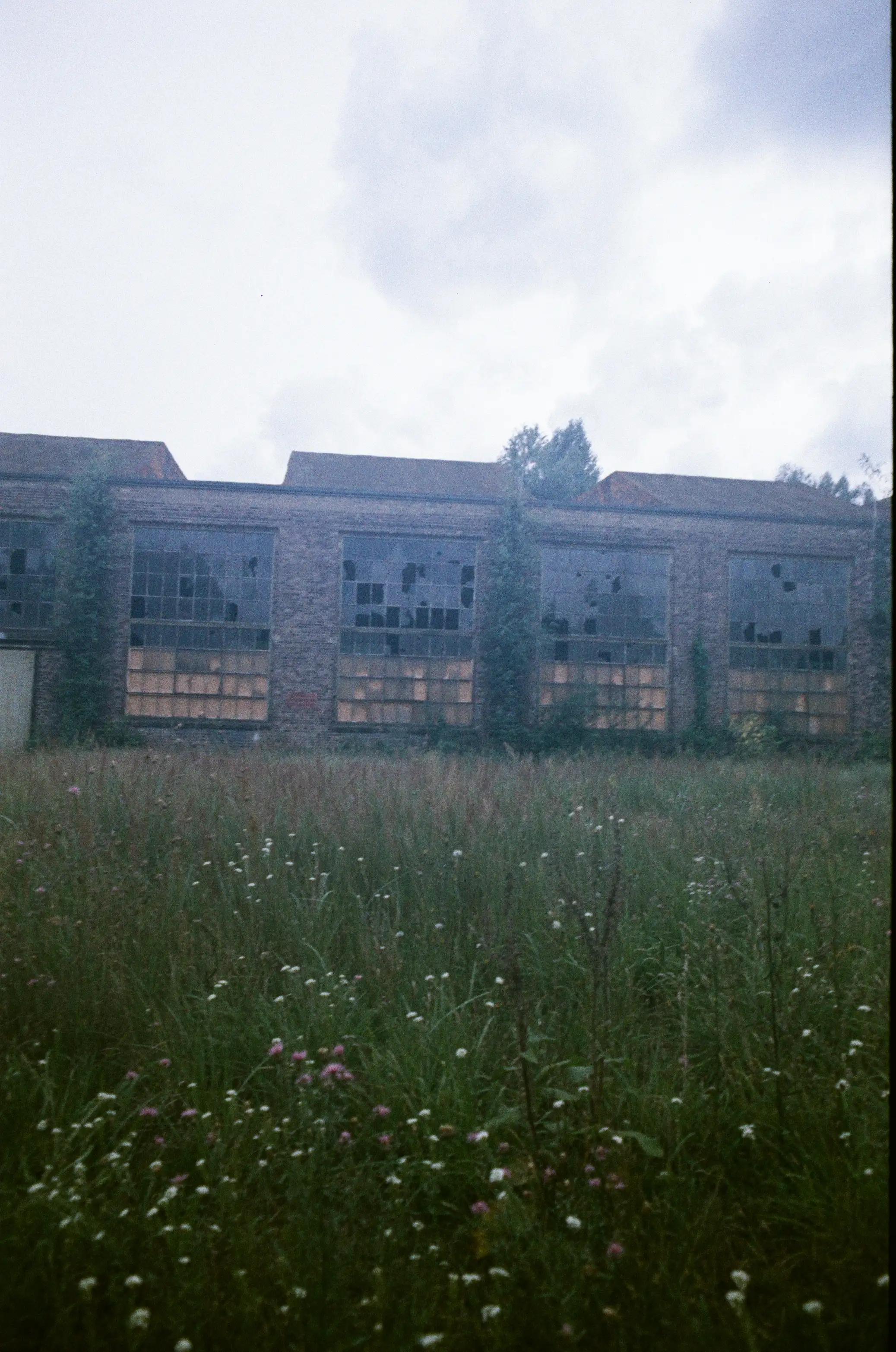
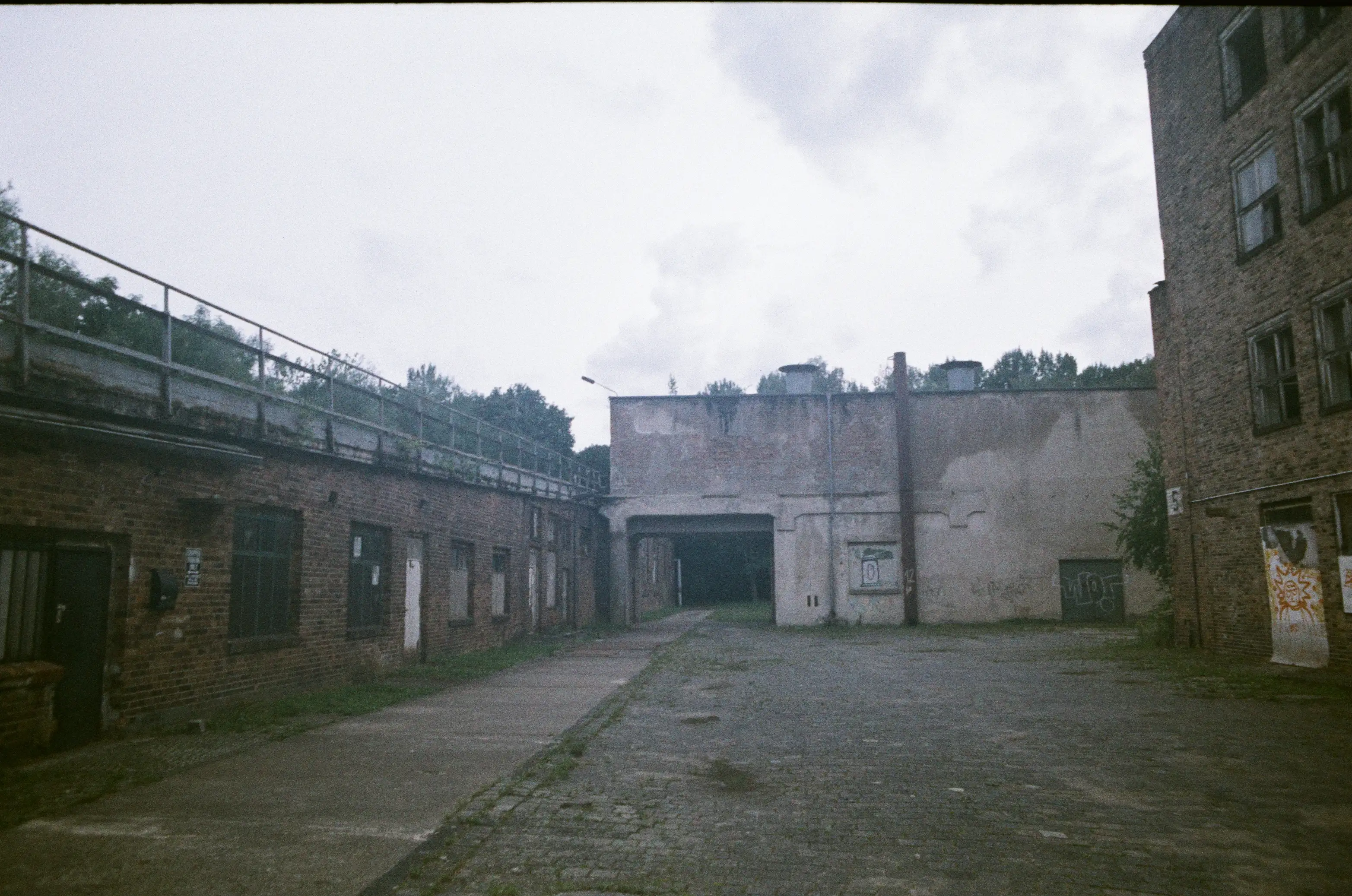
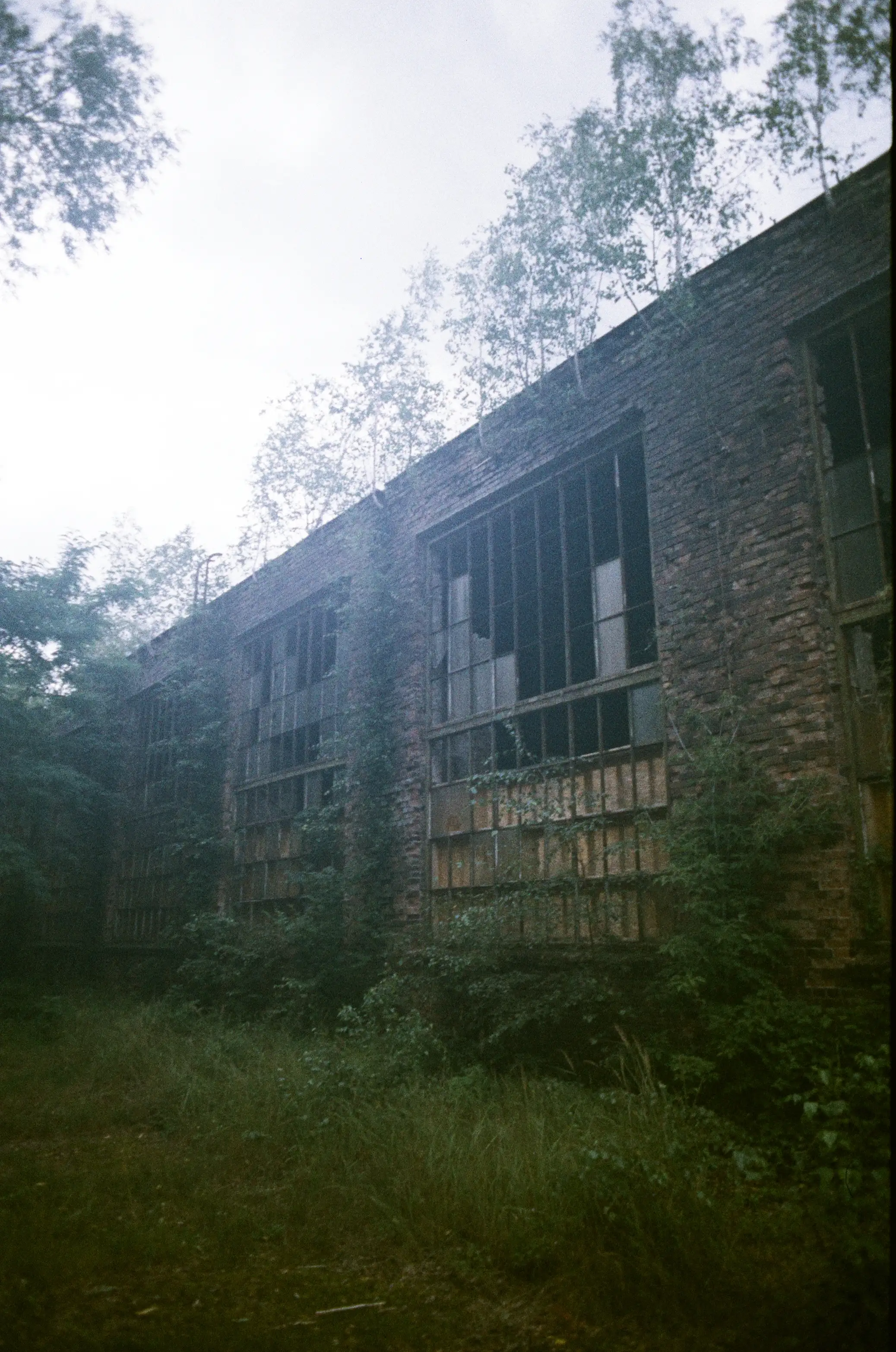


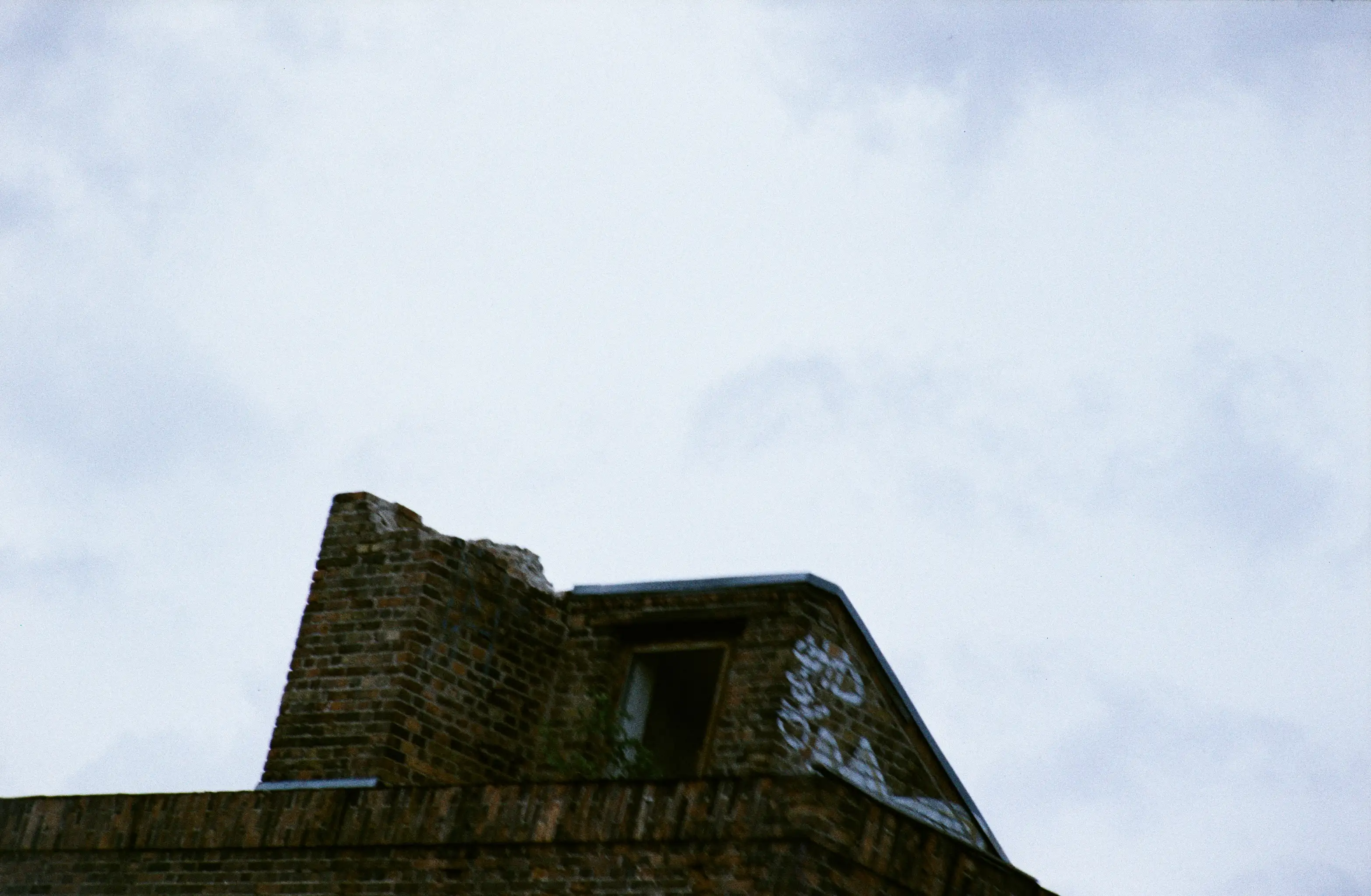
-
I have to check some old pictures. Maybe i can pinpoint the memories. ↩︎
-
There seems to be an ominous investor who bought the area in 2020. So it is possible that the buildings will be demolished too which would be a lost. The power plant was the first of its kind with an architectonic concept in mind and was a prototype for the Kraftwerk Klingenberg in Berlin. See https://www.moz.de/lokales/eberswalde/industriegeschichte-neue-eigentuemer-des-alten-kraftwerks-am-finowkanal-bleiben-geheim-55411459.html and https://de.wikipedia.org/wiki/Kraftwerk_Heegerm%C3%BChle ↩︎
-
See https://wasserturm-finow.de/#pano=2&page=2550 with more information and interesting pictures. ↩︎
-
As above and the clickable text about Finow. ↩︎
-
As above inside the cellar and the clickable text about the pipeline system. ↩︎
-
The Eberswalder Goldschatz was really new to me. It has some fascinating history: https://brandenburg.museum-digital.de/collection/12?navlang=de. No wonder that it was used for novels like the weird old adventure novel from 1938 based on the treasure. Quite an odd sight. The other new tidbit for me was the Kupferhaus and that Walter Gropius was involved there: https://de.wikipedia.org/wiki/Kupferhaus. The practice was abandoned in 1934 because of the new law that precious metals should not be used for civil things. The last tidbit was the plates for the fallen of the First World War. The water tower bore Hindenburg’s name for a while. In 1938, a “cour d’honneur” was built between its pillars for the 162 brassworkers who died in the First World War. See https://wasserturm-finow.de ↩︎
-
There is the Forstbotanischer Garten Eberswalde (https://www.hnee.de/de/Hochschule/Einrichtungen/Forstbotanischer-Garten/Forstbotanischer-Garten-Eberswalde-E2168.htm) i want to check out. It has the concept that tree species with their sometimes very different requirements in terms of soil quality, water and nutrient supply are planted exclusively in locations that are suitable for them. Typical for the park are therefore “tree pairs” or “guest trees”, on which the different requirements can be studied comparatively. I also want to check out the Brandenburger Viertel. It consisted mainly of six-storey GDR Plattenbauten which had only a single rainwater retention basin with severe limits due to increasing heavy rainfall events. There is the concept now that the neighbourhood should become a “sponge town” through unsealing of surfaces, more green spaces and water playgrounds. Parking lots have been removed or raised curbs have been deepened at the edges of streets so that water can seep into them. See https://klimabuendnis-stadtentwicklung.de/wp-content/uploads/2023/03/4_Silke-Leuschner_Schwammstadt.pdf ↩︎